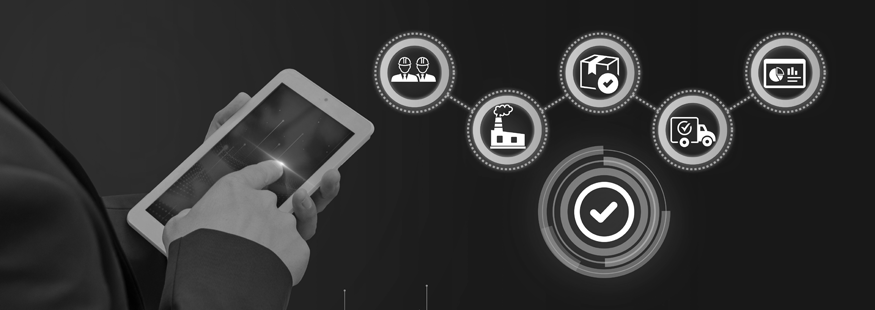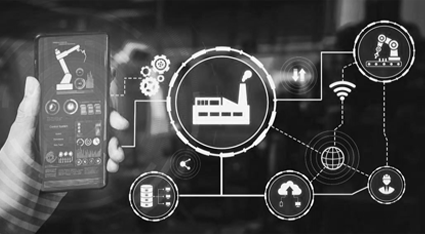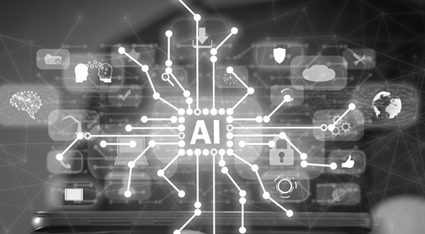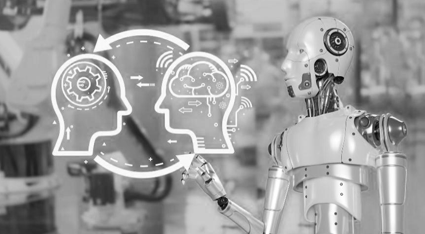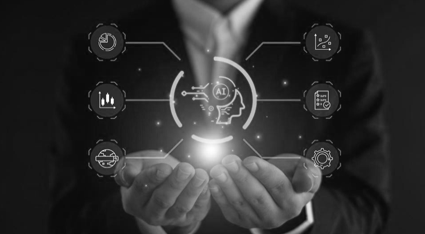Quick Summary
The journey from concept to a fully realized digital product is exciting and complex. From ideation to development, launch, and beyond, each phase presents unique challenges and opportunities. If you strive to stay ahead of the curve, understanding the intricacies of the digital product lifecycle becomes paramount.
A well-planned digital product lifecycle can be the key to staying ahead of the competition. It involves continuously updating and refining the product to maintain its quality and relevance. Product owners can refine the products based on user feedback and market trends. The blog discusses the insights and tools to navigate the digital product lifecycle successfully.
What is a digital product lifecycle?
The digital product lifecycle includes the end-to-end process of conceptualizing, designing, developing, launching, and maintaining a digital product. Beginning with identifying a market need or an innovative idea, the life cycle moves through strategic planning, market research, and user-centric design phases. Upon launch, the focus shifts to user feedback, analytics, and continuous optimization. Post-launch maintenance and updates ensure the product’s longevity and relevance.
The digital product lifecycle outlines the key phases and activities in managing a digital product effectively, ensuring its market success and alignment with customer needs.
Digital product lifecycle stages
Product owners have to consider the challenges and opportunities unique to each stage. Once they understand the nuances involved in each stage, they can plan the lifecycle well and make informed decisions. Thus, they can ensure that the product they develop is profitable.
A product is deemed profitable when the initial launch increases demand and popularity. The marketing cost will decrease as the product gains traction.
Let us look at the different stages of a digital product lifecycle:
- Product Strategy
- Product Design
- Product Development
- Product Launch
- Product Growth
- Product Evolution
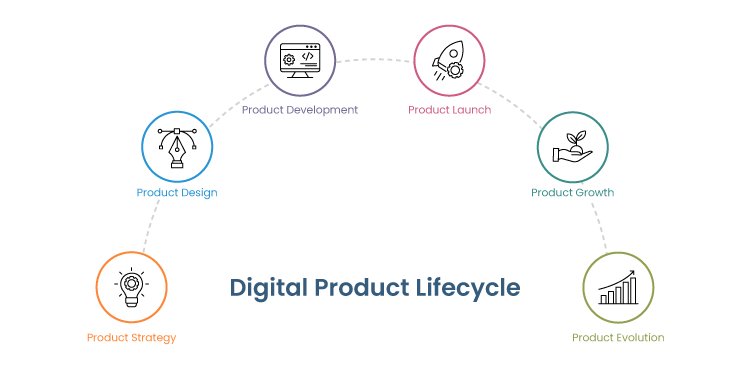
Product Strategy
Product strategy is the plan or roadmap that guides the development, positioning, and marketing of a product or service. It outlines the mission, vision, and goals.
Product owners define the product’s concept, conduct market research, evaluate the competition, and identify customer needs. They create a business based on the insights gained from the research.
The owners create a product concept that outlines the product’s-
- purpose
- value proposition
- target audience, and
- potential benefits.
The owners also evaluate the technical, financial, and resource constraints to assess the feasibility of the product.
Outcomes of this phase-
- User persona- includes identifying user interests, concerns, needs, and goals.
- Competitive analysis- identify competitors, market trends, strengths, weaknesses, opportunities, and threats.
- Value proposition- How a product solves users’ needs and improves their lives.
- Product Strategy Canvas- Provide a 360-degree view of the product and business, defining the business model and pricing.
- Product OKRs- Establishing a set of objectives and key results to track progress.
Product Design
The product design stage involves creating a blueprint or prototype for the digital product. Designers, development teams, and product owners work together to create a user interface (UI) and user experience (UX) design.
They design the product’s layout, navigation, functionality, and visual elements. The design should align with the product strategy and meet the target audience’s needs.
Digital product design involves three elements: System, interface, and process.
-
System Design
System design involves organizing and preparing a solution that the design offers before considering how the product will look. Create a roadmap outlining how your digital product will function to address the pain points of your target audience.
-
Interface Design
Layout, typography, color scheme, icons, buttons, and other graphical components are used in interface design. These elements visually represent the features and functionalities of the product. Customers define the quality of the product based on the interface design. A well-designed interface delivers a better user experience.
-
Process Design
Process design involves identifying how a user uses the product to achieve the desired result. Product owners balance company and customer needs in this process.
Outcomes of this phase-
- A list of required resources
- Story Sitemap
- Working prototype
- Product execution roadmap for developing Minimal Marketable Product (MMP)
- MMP wire frames
- Product design style guide
Product Development
The product development stage involves building the product based on the design and specifications developed in the previous phase.
Developers typically follow an agile approach to build the product rapidly. It involves breaking down the development process into smaller sprints.
The teams develop specific features or functionalities in each sprint that lasts two to four weeks.
The development stage involves several key steps, including:
- Writing the code for the product’s features and functionalities
- Testing the code to ensure desired quality standards
- Integrating various components of the digital product for seamless operations.
- Deploying the product in a test environment.
- Testing the product with a group of users
- Identifying and fixing any bugs or issues
- Refining the product based on user feedback.
Product Launch
After testing the product, the next step is to launch. There can be two ways to launch the product.
- Releasing the product features in one go and
- Releasing the product features in stages.
Launch in stages involves rolling out the features in phases after improvements. Strategies for the product t launch:
- Soft Launch – Launching the MVP for a small group of early adopters within the target market.
- Hard Launch – Launching the MVP for the general market with a
- Comprehensive marketing campaign.
- Dark Launch New features are introduced to a specific percentage of users to observe their response to an already-launched product.
The launch phase also involves creating a marketing strategy and advertising campaign to promote the product. The launch should be well executed if you want instant customer interest in the product. It will help boost sales and achieve growth.
Product Growth
Product Growth is the stage where a company can reap the rewards of the product. The user base increases during this phase, leading to higher sales and profitability.
The growth phase determines the long-term success of the digital product. Product owners focus on user acquisition, retention, and monetization during this stage. The aim is to establish the product as a market leader and position it for continued success in the future.
Product Evolution
The product evolution stage involves improving the product while adding new features. There is a constant need to improve and update the products to stay competitive and relevant in the market. Product owners update the products with the latest technologies. These efforts help them stay ahead of the competition, improve efficiency, and surge profits.
Modernization of applications has many approaches, including rehosting, refactoring, re-architecting, or replacing legacy apps for improved efficiency and user experience.
Digital product lifecycle management Best practices
Companies can gain many advantages from an efficient digital product lifecycle management (PLM) strategy. The product lifecycle management
includes planning and managing each stage– development, growth, marketing, evolution, etc.
Product success is assured if the product life cycle is well-planned and executed. Consider these best practices to gain the most value from the digital PLM process:
Clearly define product strategy
Defining a clear product strategy that aligns with business goals, customer needs, and market trends is always beneficial. It is a guiding factor in the product development lifecycle to keep it relevant to market demands. Listing the goals and objectives helps the product team identify the tasks needing priority.
Update product strategy
When you created the product strategy, the market demands were different. Technology and customer demands change with time; thus, you also need to update your product strategy. If you update your product based on the current technologies and demands, you will retain the customers, and the product will succeed.
Look at the steps to keep your product strategy updated and aligned with the latest trends:
- Keep a close eye on industry & technology trends and competitor activity.
- Analyze customer feedback to identify areas for improvement.
- Research the market regularly to identify new opportunities
- Review and analyze product metrics such as user engagement, retention rates, and customer satisfaction.
Select and train professionals
Train employees on how to use products to reap maximum benefits. Also, educate them on how the product is unique from the rest.
An increased understanding of the product’s purpose and benefits will enable employees to build the product accordingly. It also improves efficiency and gives better control over the entire development process.
How can UCS help with Digital Product lifecycle Optimization?
Digital product lifecycle management requires a deep understanding of the market needs, technologies, and customer demands. Product owners and developers must plan well and use the right resources for the desired results in each product lifecycle stage. Business owners can partner with a reliable product development company for professional support.
Upsquare Consulting Services offers digital product engineering services to support businesses throughout the product life cycle, from conception to delivery and evolution.
We have expertise that spans 12 years with the broad knowledge to plan your product development life cycle efficiently. We ensure that the products developed are scalable, secure, dependable, and resilient. We ensure that the product is sustainable and profitable. Contact us now to book a free consultation.
